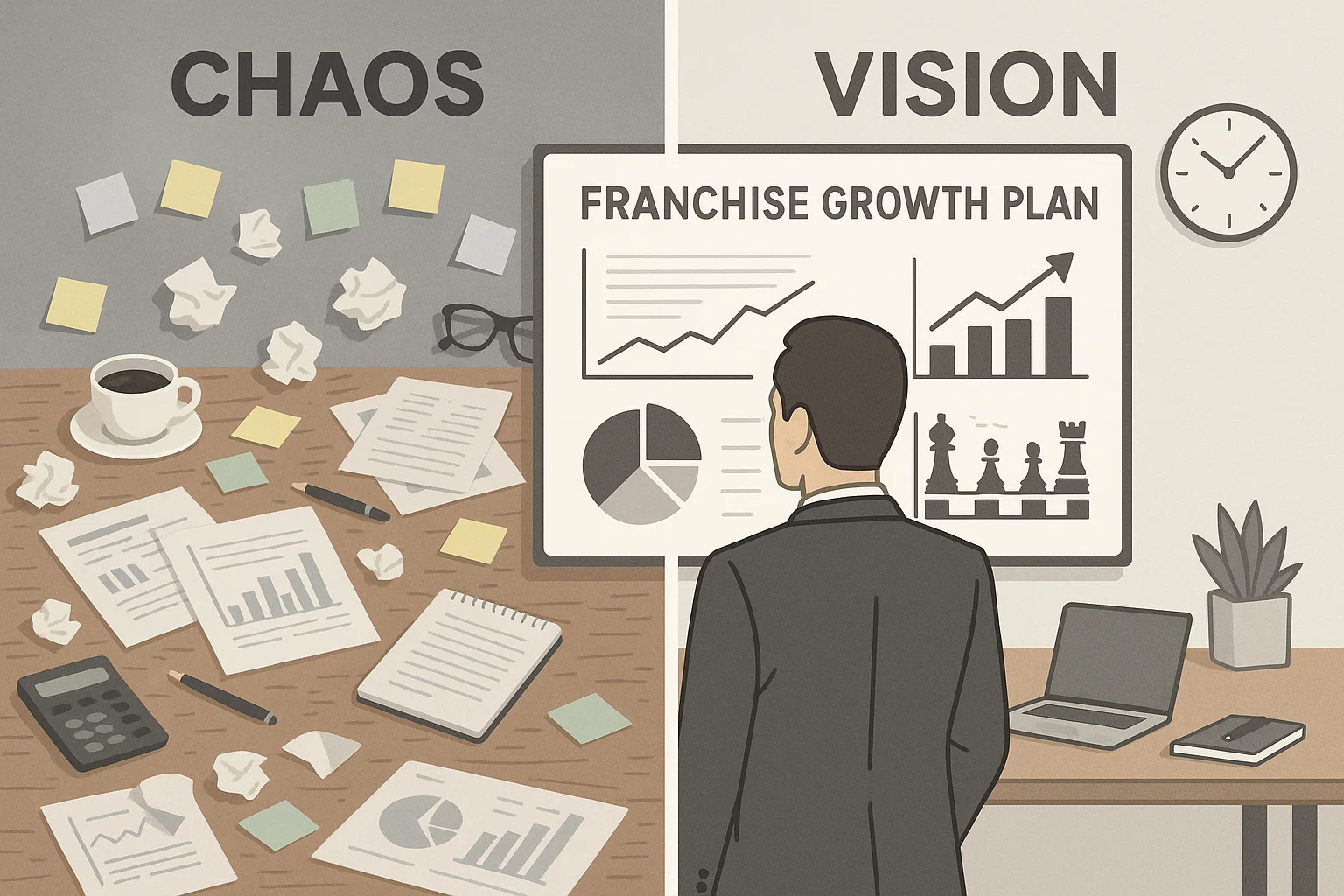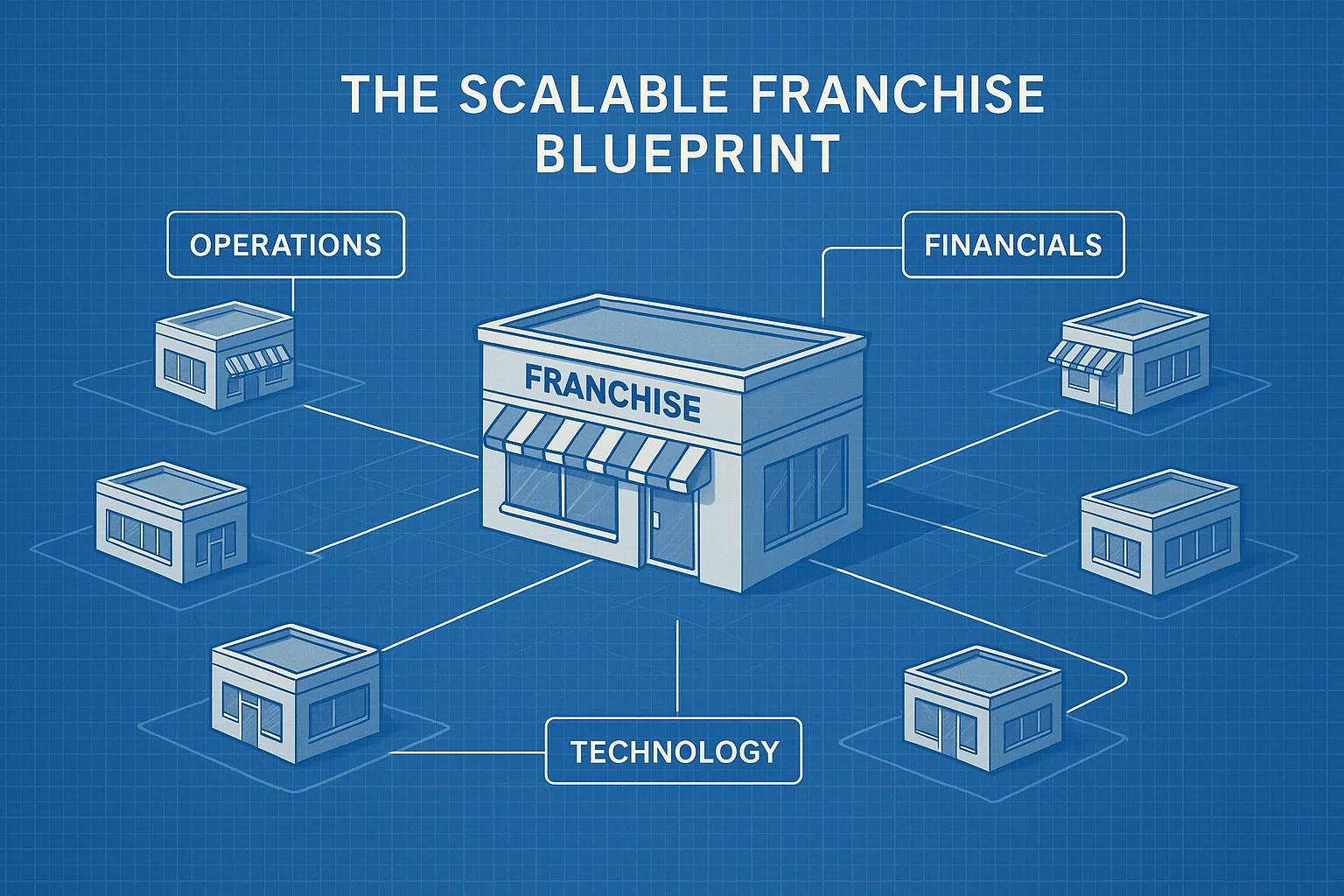A strong social media presence does not happen by accident. It is built from the ground up with careful planning, strategic content, and consistent engagement. For any business aiming to increase visibility, attract customers, and improve search engine rankings, creating and following a social media calendar is no longer optional. It is essential.
WHY A SOCIAL MEDIA CALENDAR IS ESSENTIAL FOR BUSINESS GROWTH AND ONLINE VISIBILITY
Creating content for your business is not just about posting random thoughts or sales promotions. It requires structure, planning, and timing. A social media calendar serves as the foundation for your digital marketing efforts. It keeps your brand consistent, timely, and visible to the right audience across all platforms.
Plan Content Topics in Advance
The core of an effective social media strategy begins with planning. Mapping out content topics in advance allows you to align your messaging with your business goals and upcoming events. For example, a business selling frozen desserts should plan campaigns ahead of summer, while a retailer might build promotions around major holidays like back to school or Black Friday. Having a calendar ensures you are not scrambling at the last minute and allows time to create high-quality posts that resonate.
Coincide Content with Holidays and Seasonal Events
A strategic calendar includes national holidays, awareness months, and seasonal trends. These events offer ready-made opportunities for timely, relevant content that connects with your audience. Businesses that align their offerings with what consumers are thinking about in the moment are more likely to be noticed and shared.
Use Scheduling Tools to Automate Posts
Once content is created, automation tools such as Buffer, Hootsuite, and Meta Business Suite allow you to schedule posts in advance. These tools ensure that your content goes live even when you are not at your desk. Automation helps maintain consistency, avoids gaps, and frees up time for engagement and community management.
Why Short Videos Win on Social Media
Short videos are outperforming nearly every other type of content on social media. Platforms like Instagram Reels, YouTube Shorts, and TikTok reward video content with high visibility and engagement. Short videos deliver quick, digestible messages that are perfect for mobile users with limited attention spans. They humanize your brand and let you showcase personality, products, and value in seconds. Creating behind the scenes footage, customer stories, or product demos in short video form is not only effective, it is expected.
Pros and Cons of Major Platforms
Meta (Facebook and Instagram):
Meta offers massive reach and robust targeting tools. The downside is that organic reach has declined. Paid ads are often necessary to get visibility. Still, Meta is powerful for building brand awareness and running promotions.
Google (YouTube and Search Ads):
Google owns the top search engine and the largest video platform. YouTube videos often appear in search results, making it a strong SEO tool. Google Ads can be costly without proper strategy but offer unmatched intent targeting.
TikTok:
This platform is explosive for reach and engagement, especially among Gen Z. TikTok favors creativity over polish. However, it requires frequent content production and can be unpredictable when it comes to virality.
LinkedIn:
Best suited for B2B businesses and professionals, LinkedIn supports thought leadership and brand credibility. It is not ideal for product-driven content but is a strong platform for building business relationships and recruiting.
Tactics to Gain Followers and Drive Business
Gaining followers is not about numbers, it is about engagement. Tactics include using strong visuals, posting regularly, asking questions, and replying to comments. Running contests, collaborating with influencers, and sharing customer testimonials also help. Each new follower is a potential customer. When you post consistently with value, you earn trust. That trust leads to clicks, visits, and conversions.
Blogging on Your Website Boosts SEO
Your website blog is more than just a place to share ideas. Every blog post is an opportunity to appear in Google search results. Fresh, original content improves your website ranking by signaling activity and relevance. Blogging allows you to use keywords your audience is searching for, build internal links, and earn backlinks from other websites. A blog that aligns with your social content creates a full-circle strategy that builds brand authority and online visibility.
Creating and following a social media calendar is not just a smart tactic, it is a business necessity. It turns chaos into clarity and random posts into a strategic digital plan. When done right, it saves time, improves your brand, and helps drive measurable business results.
Sources:
- HubSpot
- Sprout Social
- Hootsuite Blog
- Search Engine Journal
- Social Media Examiner
- Neil Patel
- Moz
- Content Marketing Institute
- WordStream
- Forbes Business Council
Copyright Gary Occhiogrosso – All Rights Reserved Worldwide
This article was researched, outlined and edited with the support of A.I.










